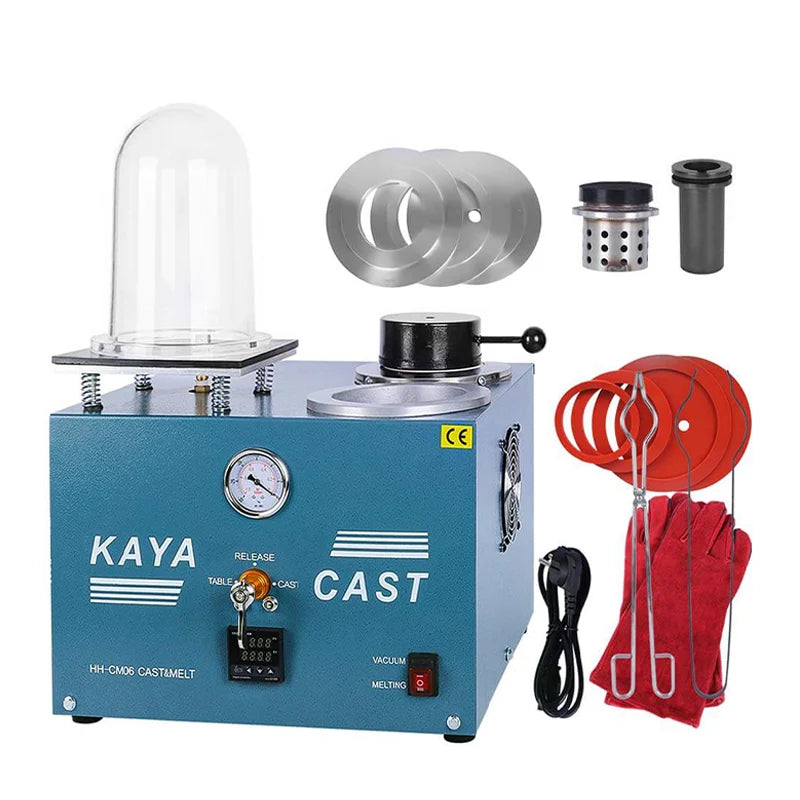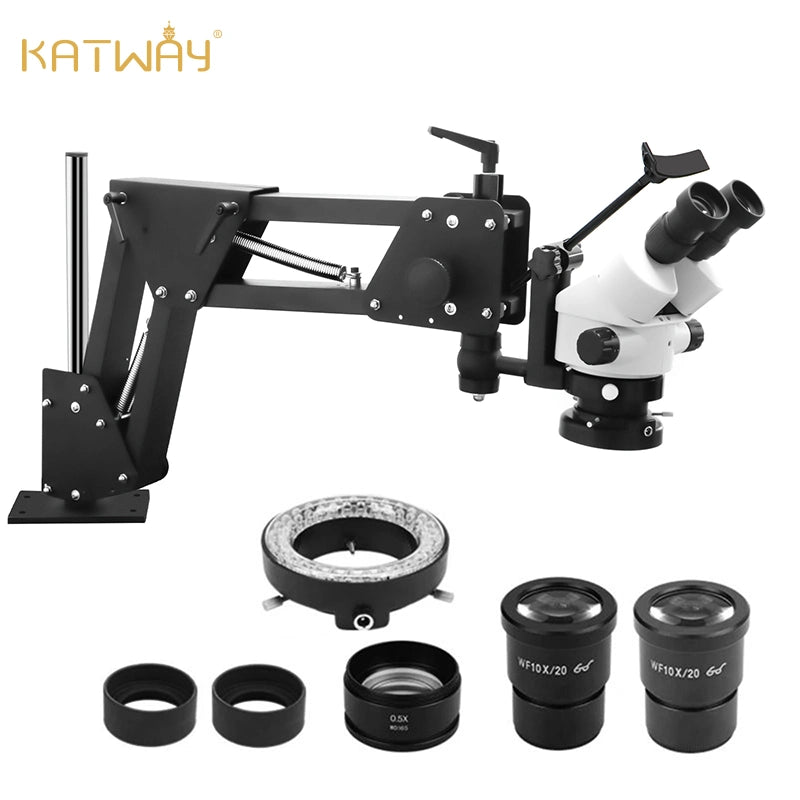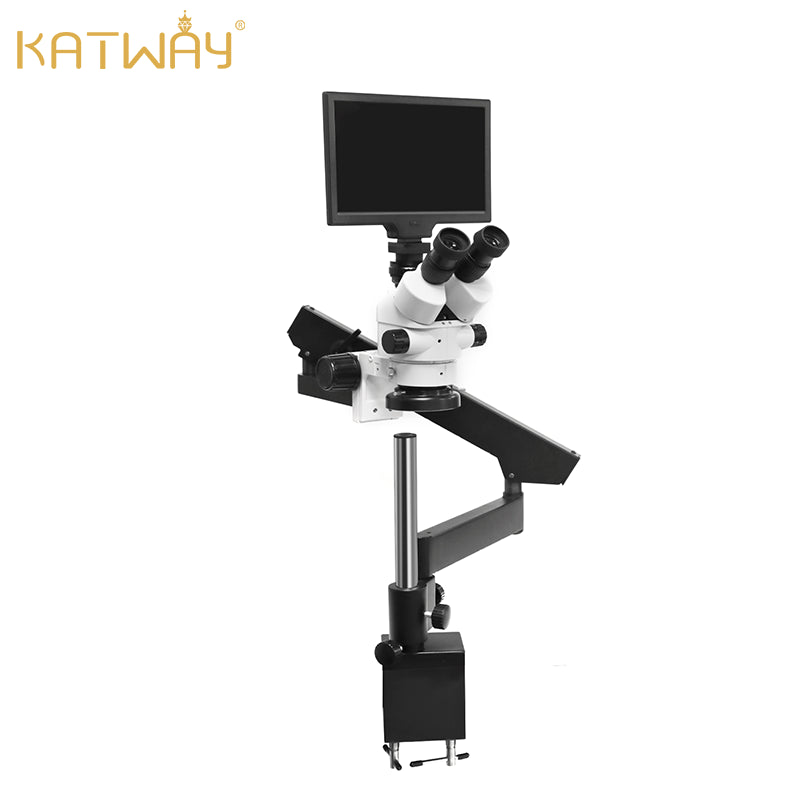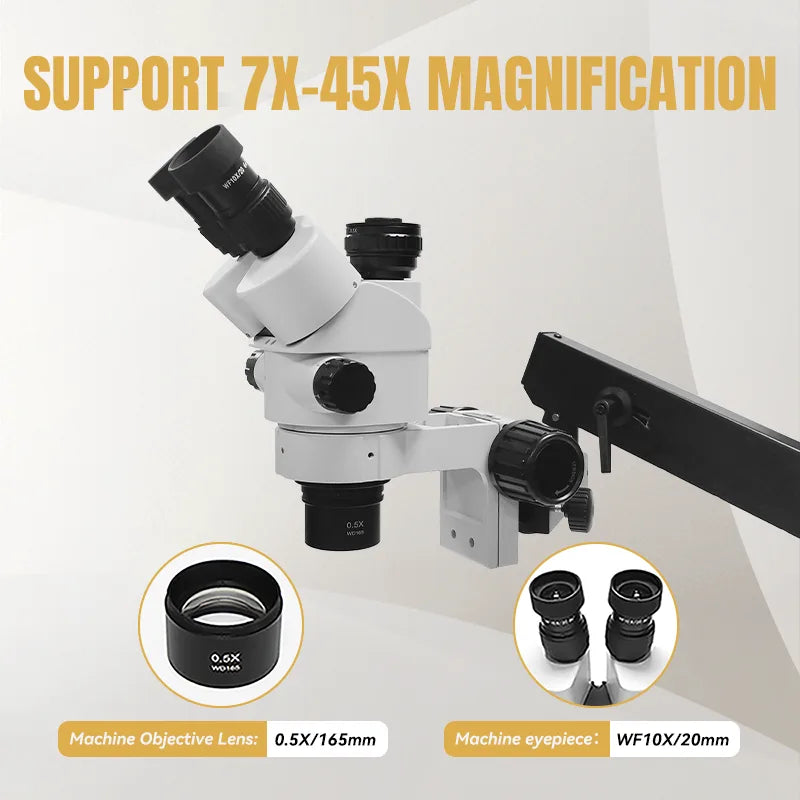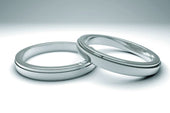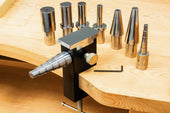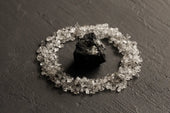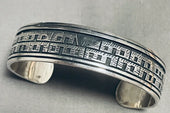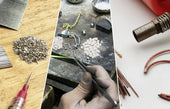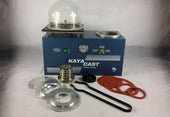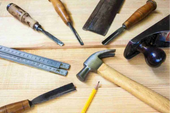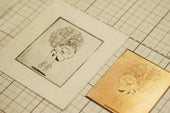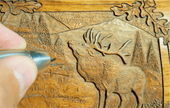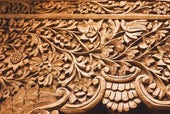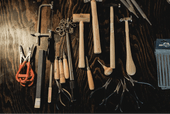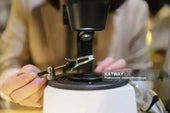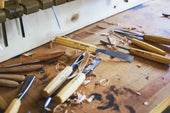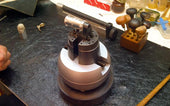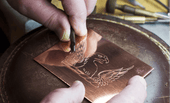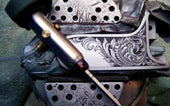Uses of Different Types of Microscopes
Many people know that microscopes can be used to look at specimens, and that is a type of optical microscope - a compound microscope. Today we're going to go over four classifications of microscopes and what they can be used for. We'll go into more detail about these particular instruments in the following sections, and we hope that this will help you to understand their functions and uses and answer your questions.
Compound Microscope
The compound microscope is the most common microscope we come across. We use it in middle and high school to observe plant or animal cells and tissues. Their magnification ranges from 40x to 400x, up to 1000x. They are good for observing cell structures that are invisible to the naked eye and can observe a wide variety of specimens. The invention of the compound microscope has made a great contribution to major advances in cytology and biomedical progress.
Stereoscopic Microscope
The first similar stereo microscope was made by Cherubin d'Orleans in the 17th century, and it had a major flaw. It was only possible to achieve the stereo effect by means of extra additional lenses. It wasn't until another hundred years or so later that Francis Herbert Wenham invented the first true stereo microscope, thanks to Sir Charles Wheatstone's article on binocular vision.
So how does a stereo microscope work? Its objective and eyepieces are independent and separate, so that when one looks at an object, the light paths of the two eyes are different, resulting in stereoscopic vision. The stereo microscope was invented and used as equipment in many laboratories. It began to be equipped with a very wide range of applications covering a variety of industries. Next we list a few applications of stereo microscope:
Medical Operation
The stereo microscope is transformed into a surgical microscope with a little modification. It can play a big role in many neurological and ophthalmic surgeries.
Watchmaking, Circuits
stereo microscope for the watchmaking industry plays a very important role, the parts of the watch is relatively small, the operation of the use of this in order to see to clear the parts to reduce the watchmaking errors. It can also be used to repair chips and circuit boards of cell phones.
Jewelry Making
Another big role of the microscope is the jewelry industry jewelry production, it can assist in micro-carving, gemstone inlay and other fine operations, to help craftsmen produce exquisite jewelry. It can also assist in the quality inspection of products in various industries, to observe whether there are small cracks.

Fossil Research
Fossils of living things are studied and analyzed when researchers use a stereo microscope.
The uses of the stereo microscope are far more than those listed, and in the future, with the development of the times, it may derive more uses.
Digital Microscope
A digital microscope is quite different from a traditional microscope. It does not use an eyepiece, it uses a digital video camera connected to a computer to display the observations. It has many advantages. It is easy to present images on a screen for easy sharing. Staff can sit and watch the image without having to press their eyes against the eyepiece to see the image as with traditional microscopes, thus making the working environment more comfortable.Secondly, it does not rely on eyepieces and objectives like an optical microscope, whose magnification is determined by the clarity and size of the computer display. Its magnification can even be several times higher than that of an optical microscope. This does not mean that its image quality is low; on the contrary, it can project high quality images. One can also save the images via CD-ROMs, etc., so that they can be easily viewed at any time when writing reports. Finally, it is also easy to operate easier to learn than an optical microscope. Because it has such powerful functions, it has a wide range of applications. It is used in industries ranging from medicine to automobile repair.
In the medical field, the high-definition picture and flexible image generation and storage functions of digital microscopes make them a popular tool. Researchers can easily record and observe cells in real time to grasp the dynamics of cell division and growth. It also supports telemedicine, which allows images to be transmitted to doctors in other hospitals for consultation, which provides a lot of convenience for the consultation of difficult diseases.
In the realm of teaching and learning, digital microscopes have brought about important reforms in teaching and learning. In the past, biology teaching required students to observe cells and tissues one by one through the eyepiece. Digital microscope directly project the specimen image to the big screen, students can watch and discuss with each other at the same time, but also can be filmed in order to review after the class, this novel way of teaching greatly improves the enthusiasm of students and learning efficiency.
In the field of jurisprudence, digital microscopes can help crime solvers detect blood and hair at the crime scene, and high-definition images of such evidence can be zoomed in on the details to find breakthroughs and serve as favorable evidence in court.
Metallographic Microscope
A metallurgical microscope also has a high magnification. It is a specialized microscope used to look at opaque objects such as metals and paints. It can magnify these objects up to 50 times or even 500 times to detect the presence of cracks and calculate the size of particles. Therefore, it can be useful in automobile manufacturing, aerospace, porcelain restoration and other fields.
Through these four types of microscopes, we understand the development of microscopes in various modern industries. It does not only play a significant role in medicine, its applications are very wide, if you are interested you can go to the Internet to watch some videos of microscope tools, there are many videos related to microscope operation on the Internet, I hope it can help you.
View more related articles
Two types of casting machines: the difference between vacuum casting and centrifugal casting
Choosing a Jeweler's Workbench 03: Jeweler's Lighting Solution
About the selection of work components for a jeweler’s workbench 02
About the selection of work components for a jeweler’s workbench 01


